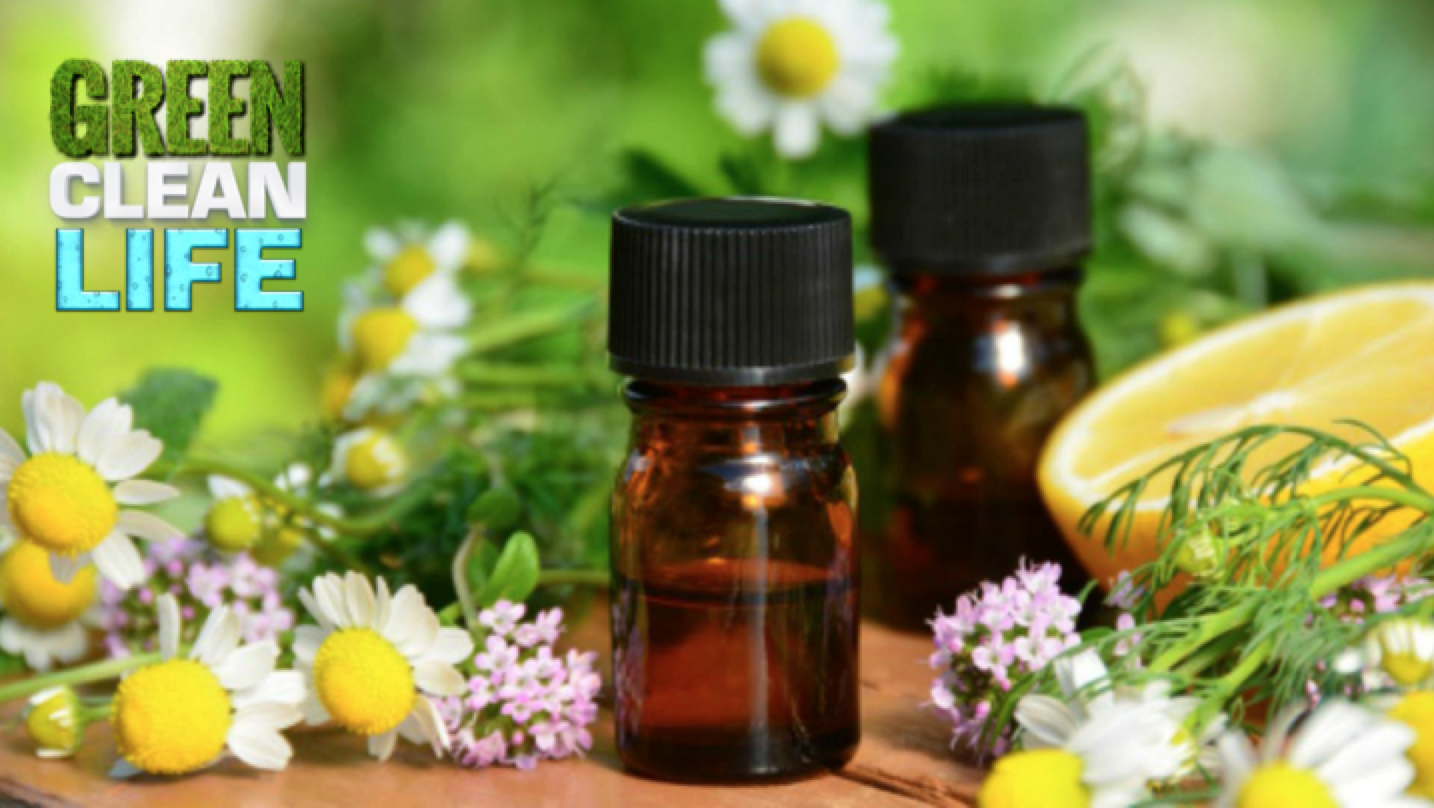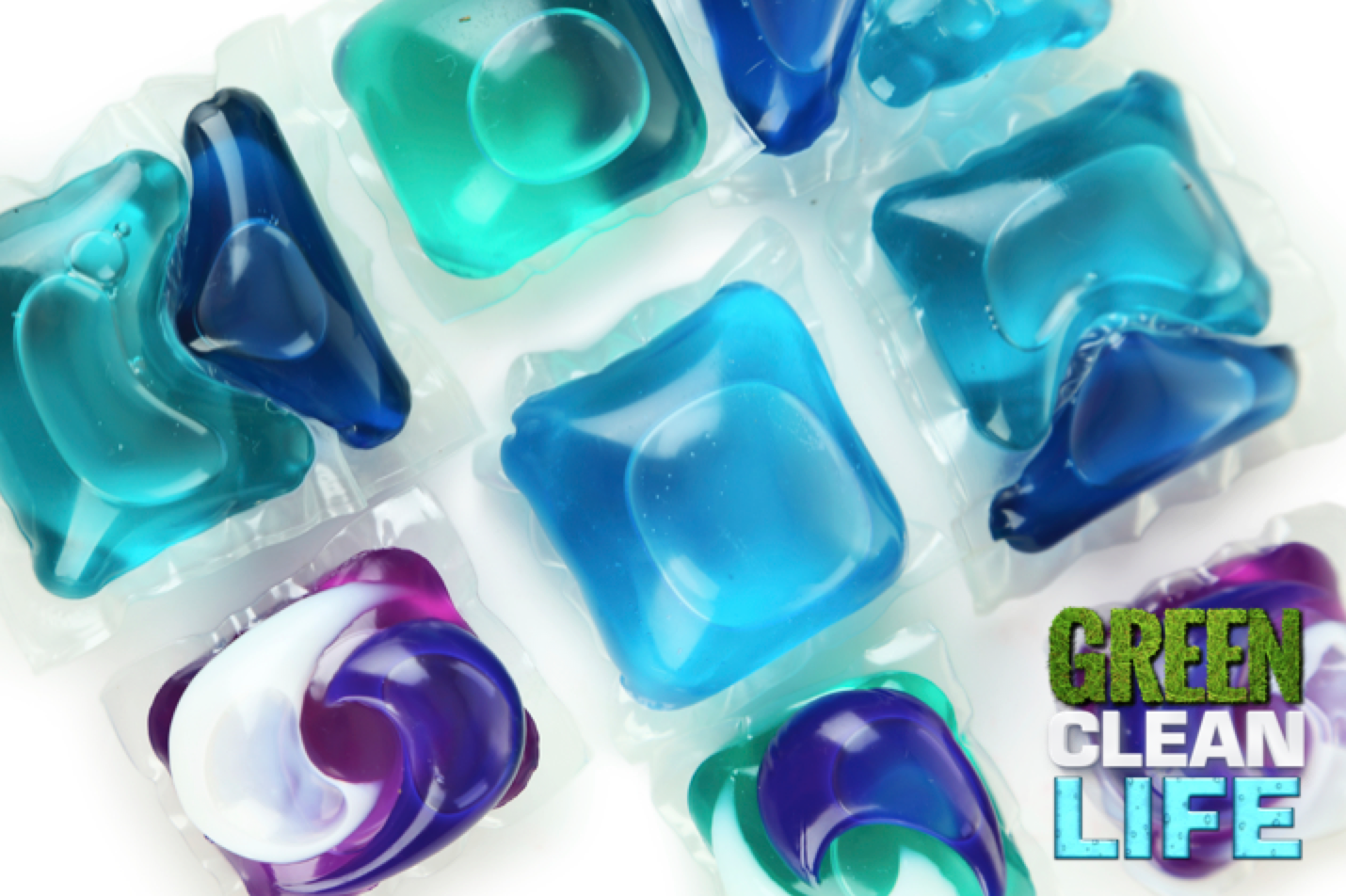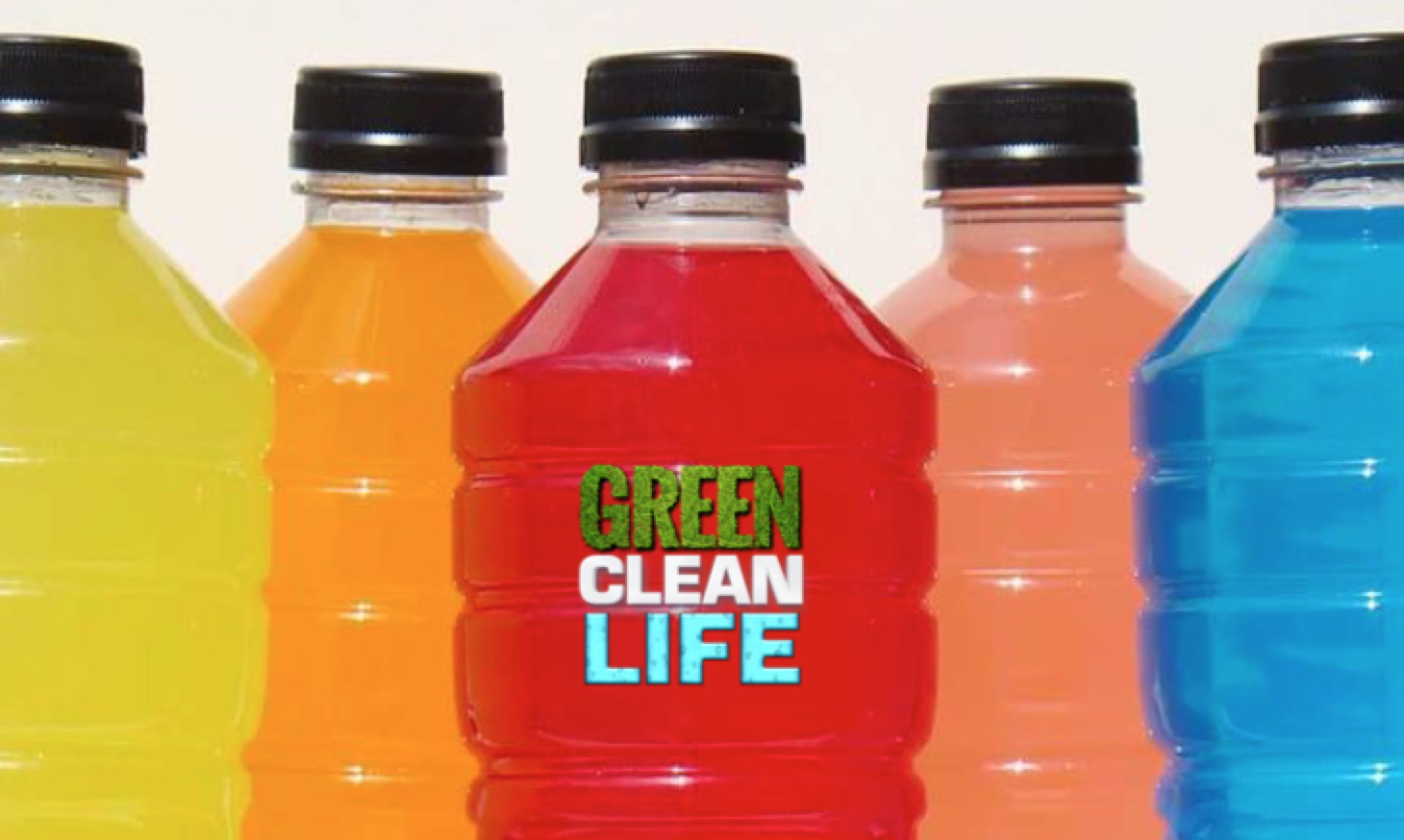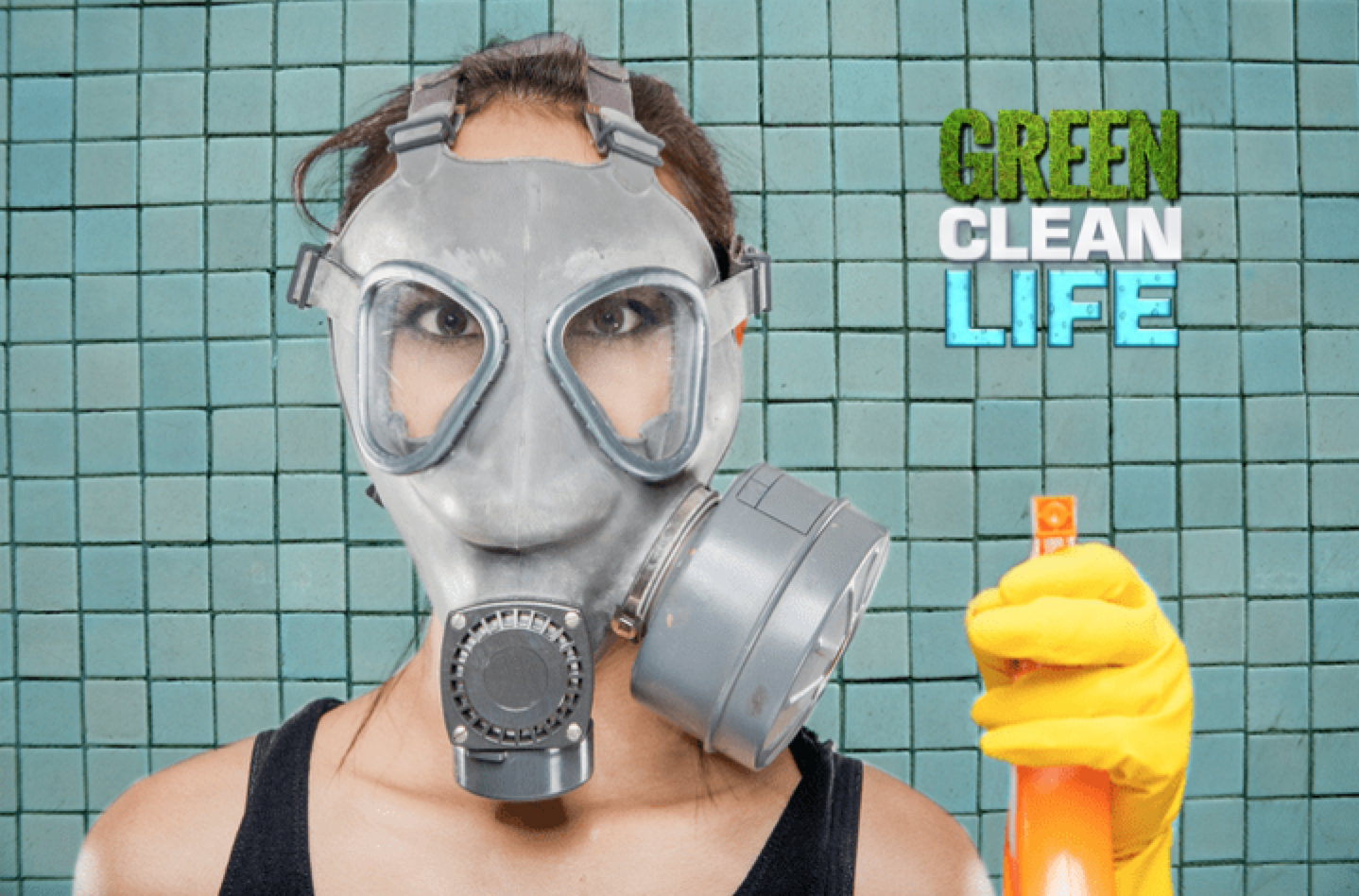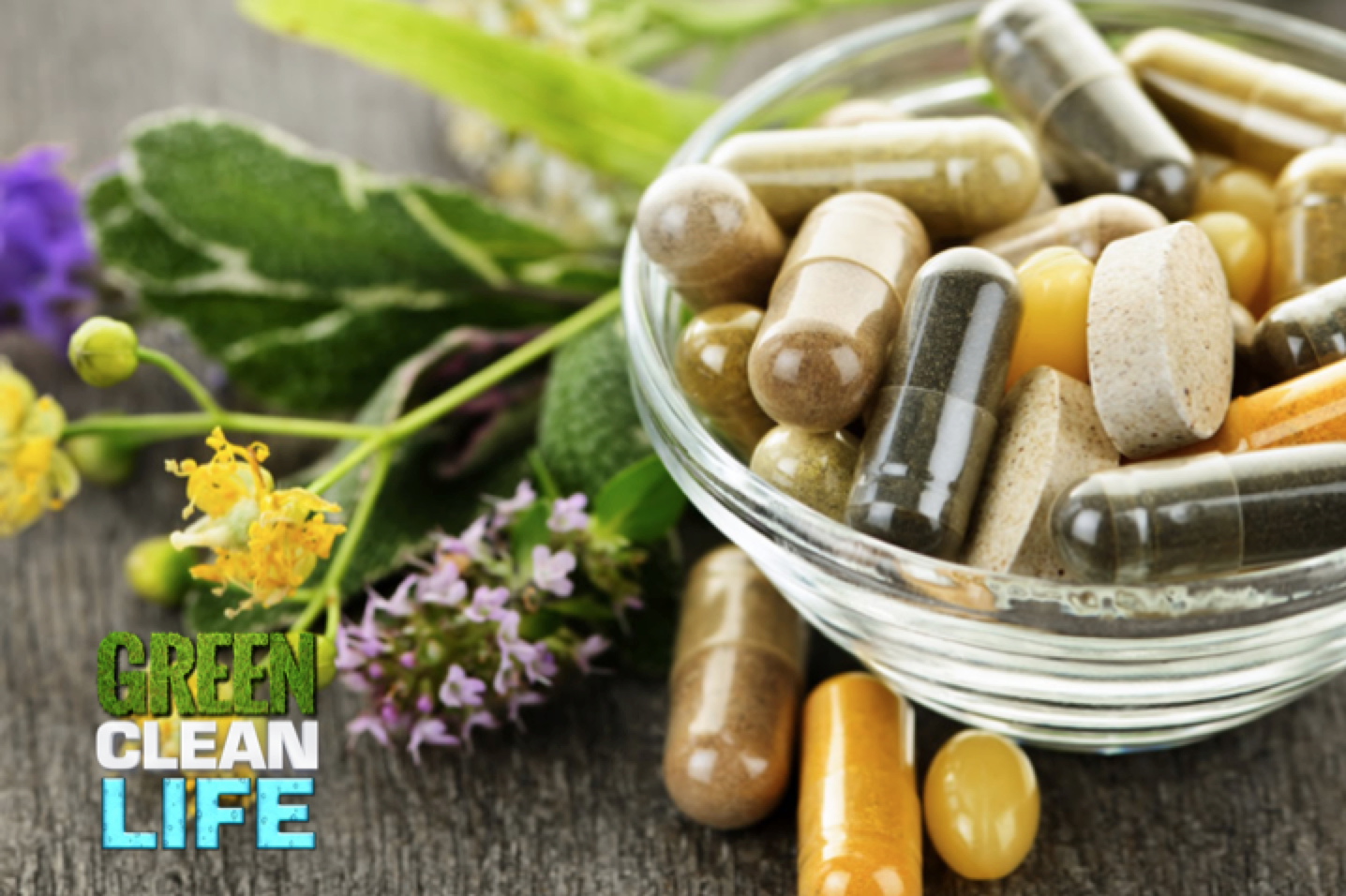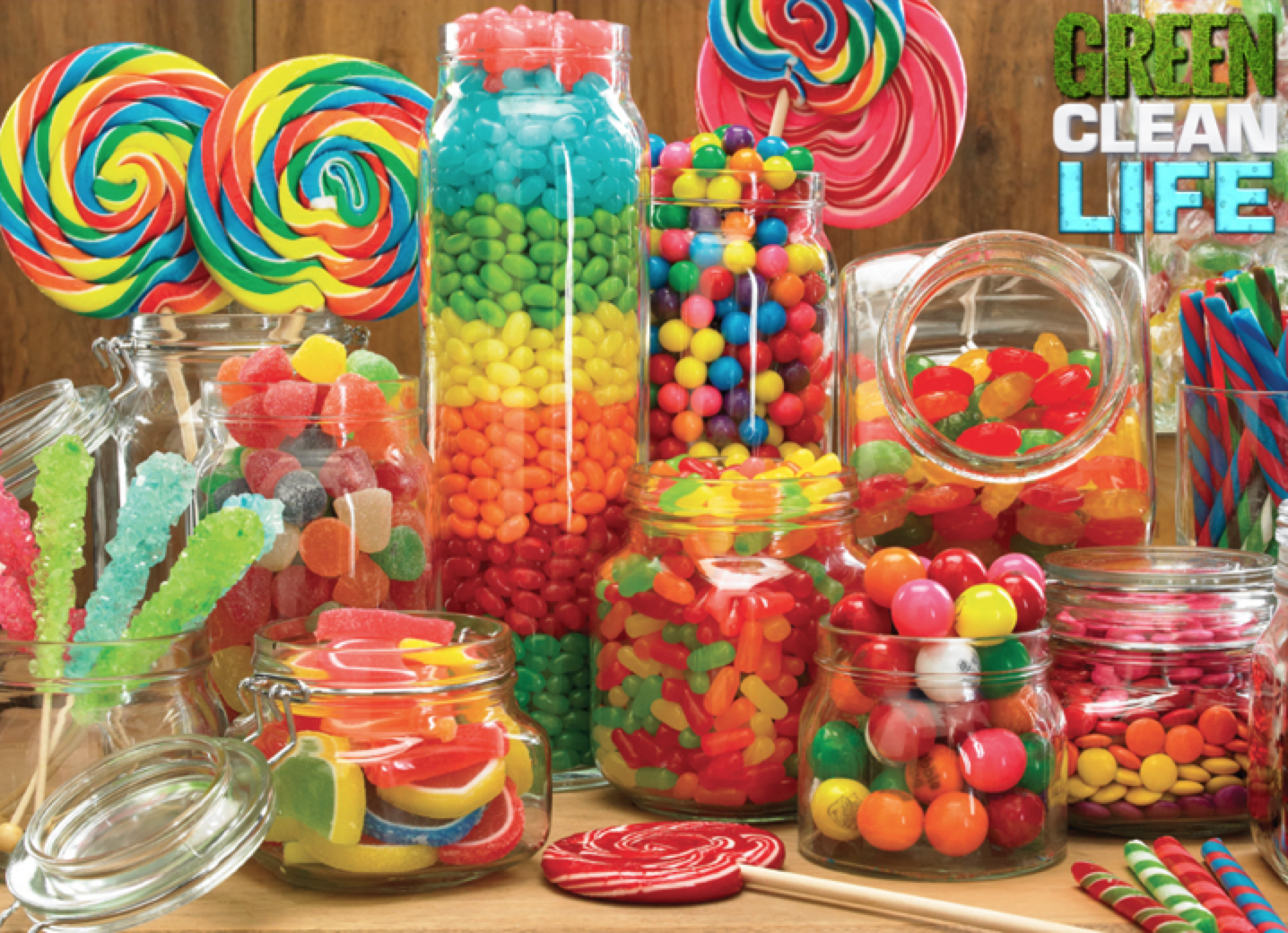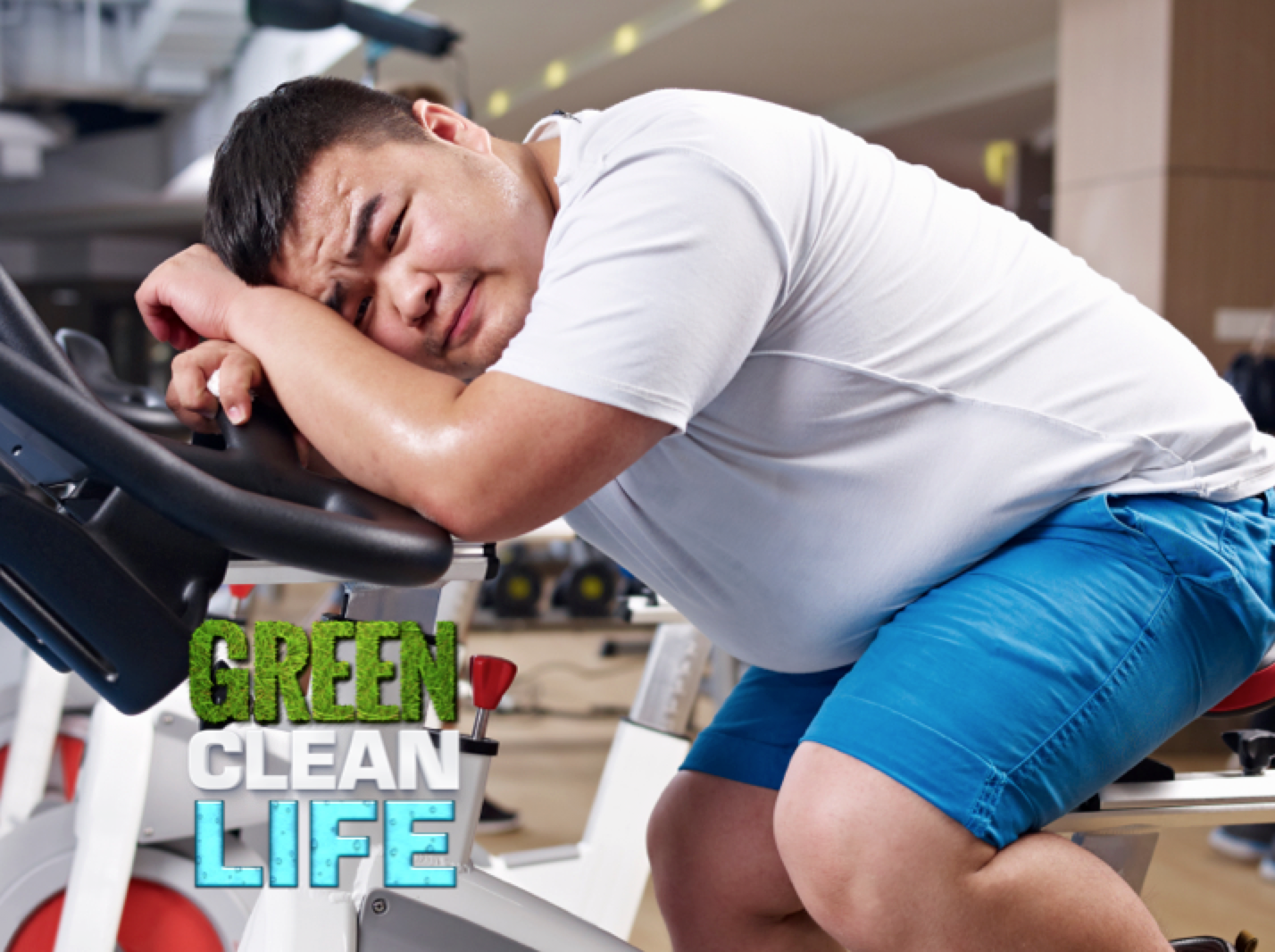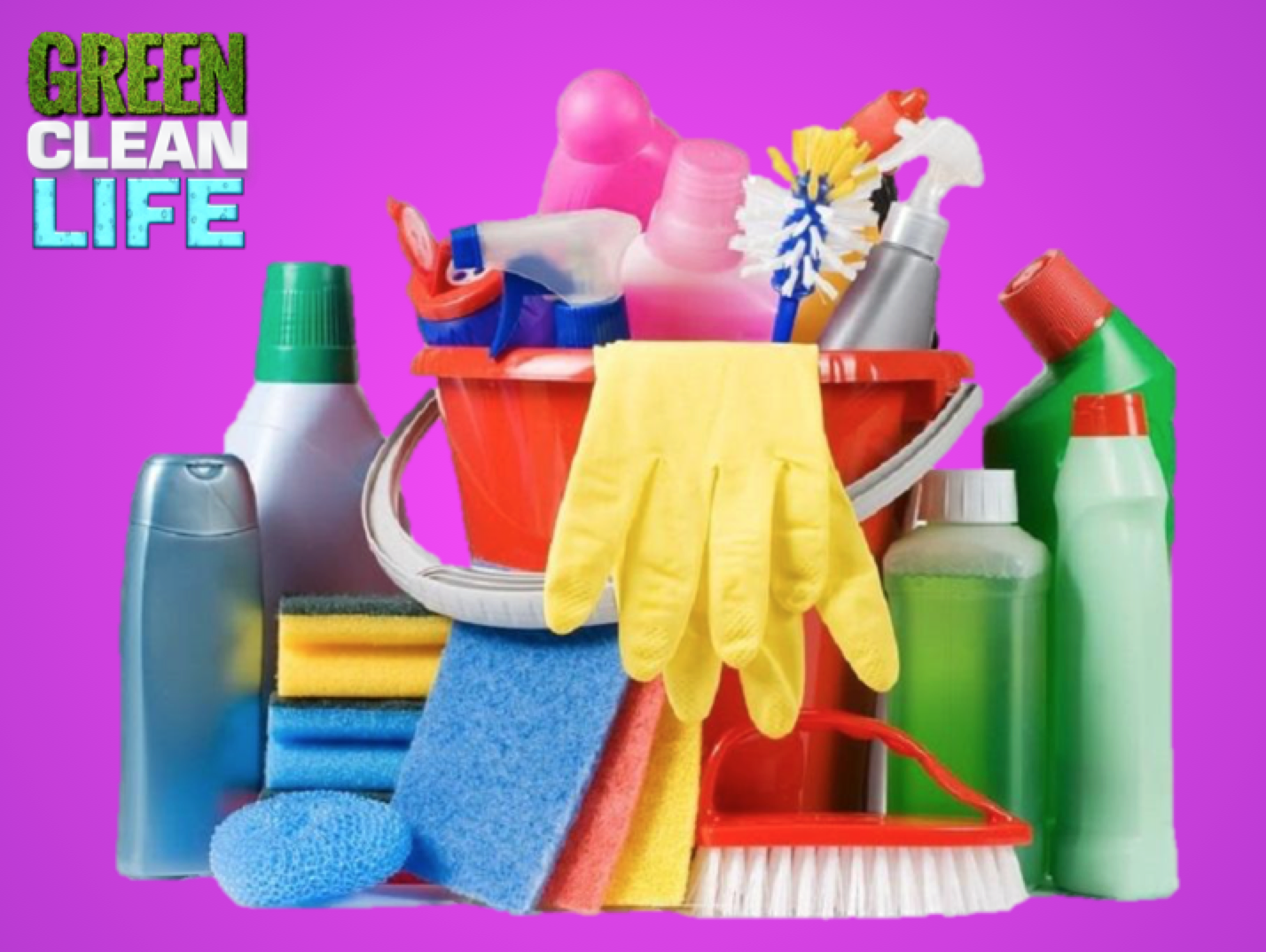Essential oils have been used and experimented with since the age of the Ancient Greece. Hippocrates was the first to experiment with the oils, claiming that aromatic baths were a key component to health. The Bible actually references these fragrances over 180 times throughout the course of its text claiming they had healing powers for the body, mind and spirit. These concentrated aromas didn’t reappear in Western medicine until the 1930s during WWII where a French surgeon had great healing success with essential oils with patients recovering from surgery. At this moment in time, Aromatherapy was born.
This holistic method of treatment has had a lot of success due to their ability to relax a patient. Being in a calm state is key when minor to severe injuries are healing or when trying to recover from an illness. If you are stressed, cortisol will be released and will cover the cells in charge of running your immune system. There reaction to cortisol is to shut down all functions and sends the message to let the system be. Having a calming scent in the room could make the difference in a patient fighting a nasty infection!
Some of these essential oils are more then just crushed flower pedals that smell really good. Melaleuca is a natural disinfectant and can be used to clean anything, from you wounds to your kitchen counter. The best part is, unlike most chemical cleaners like ammonia and disinfectants like alcohol, Melaleuca won’t destroy every cell and will instead target the infection or the bacteria on your kitchen counter.
Don’t be fooled by charlatans peddling their “Therapeutic Grade” oils that are two to three times the price of normal oils. When it comes to aromatherapy and disinfecting your cuts, the only thing that matters about your essential oil is that it is 100% pure! The benefits of each aroma varies on the person and certainly the quality of your oil will be the decider on how well it cleans any abrasion. A perfect example of a high quality product that is cost friendly and 100% pure is PURE Essential Oils. Make sure you do your research before you make any purchases.

